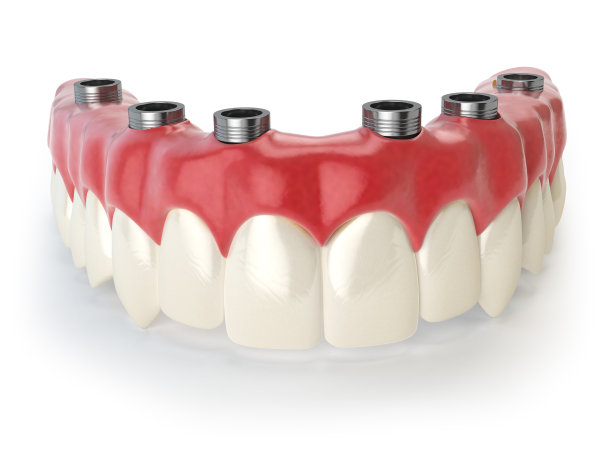Essential Precautions and Tips for a Successful Dental Filling Experience You Should Know
Summary: Dental fillings are a crucial aspect of maintaining oral health, often necessitated by cavities or damage to teeth. Proper preparation and awareness can significantly enhance your dental filling experience. This article outlines essential precautions and tips to ensure a smooth procedure. From selecting the right dentist and post-treatment care to managing anxiety and understanding the filling materials used, following these guidelines can lead to increased comfort and satisfaction. Successfully navigating the dental filling process can help prolong the life of the tooth and contribute to overall best practices for oral health.
1. Choose the Right Dentist for You

Selecting an experienced and trustworthy dentist is fundamental for a successful dental filling experience. Researching local dental professionals can be the first step toward ensuring you receive quality care. Look for reviews from previous patients, and consider factors such as the dentists credentials, specializations, and comfort level with patients.
Once you narrow down potential candidates, schedule a consultation visit. Use this opportunity to ask about their experience with dental fillings, the techniques they prefer, and how they address patient concerns. A dentist who takes the time to communicate openly will likely provide a more pleasant experience during the actual procedure.
Another aspect to consider is the facility where the dental practice operates. A well-maintained, hygienic environment can ease your worries about the dental filling process. Ensure that the dental office adheres to strict cleanliness protocols and has the necessary equipment readily available.
2. Prepare for Your Dental Appointment
Preparation is key to having a successful dental filling experience. Before your appointment, it’s essential to inform your dentist about any allergies, medications you are currently taking, or previous dental issues. This information will help the dentist to tailor their approach and minimize any complications.
A good nights sleep and a light meal prior to your visit can help mitigate anxiety. Overthinking the visit can sometimes increase worry and make you feel less comfortable. To combat nerves, consider practicing deep breathing exercises or mindfulness techniques before you arrive at the clinic.
If you’re worried about pain, don’t hesitate to discuss anesthesia options with your dentist. They can explain which types they offer and help you select the one that best suits your needs. Knowing that you have control over your comfort level can significantly reduce anxiety levels leading up to the appointment.
3. Understand the Filling Materials Used
A variety of materials can be used for dental fillings, including amalgam, composite resins, and porcelain. Understanding the differences between these materials will help you make informed decisions and set realistic expectations for durability and aesthetics.
Amalgam fillings are known for their strength and longevity, making them suitable for back teeth where pressure from chewing is more intense. However, they may be less appealing for those concerned about appearance. On the other hand, composite resins match the natural tooth color, providing a more aesthetically pleasing option, but they may not be as durable as amalgam over long periods.
By discussing the pros and cons of each material with your dentist, you can choose the filling that aligns with your personal preferences and dental health requirements. Understanding what materials are used for your filling can provide peace of mind and clarity throughout the process.
4. Follow Post-Treatment Care Guidelines
What you do after a dental filling procedure is just as crucial as the preparation. Your dentist will provide specific post-treatment care instructions tailored to your filling type, but some general guidelines apply. For instance, avoiding hard or sticky foods for at least 24 hours can prevent damage to the fresh filling.
Be aware of any numbness that may linger from the anesthesia used during the filling process. If you still feel numb several hours after your appointment, refrain from chewing or biting to avoid accidentally injuring your tongue, lip, or the inside of your cheek.
Lastly, keeping up with your oral hygiene routine is essential. Regular brushing and flossing can help extend the life of your filling and maintain your overall dental health. Schedule follow-up visits with your dentist as recommended to monitor your dental fillings and ensure they remain in good condition.
Summary:
In summary, navigating a dental filling experience successfully requires careful consideration and awareness, from choosing the right dentist to understanding aftercare practices. Proper preparation can significantly alleviate anxiety and improve comfort levels during the procedure. By following these essential precautions and tips, you can promote dental health and ensure your filling lasts as long as possible.
This article is compiled by Vickong Dental and the content is for reference only.



